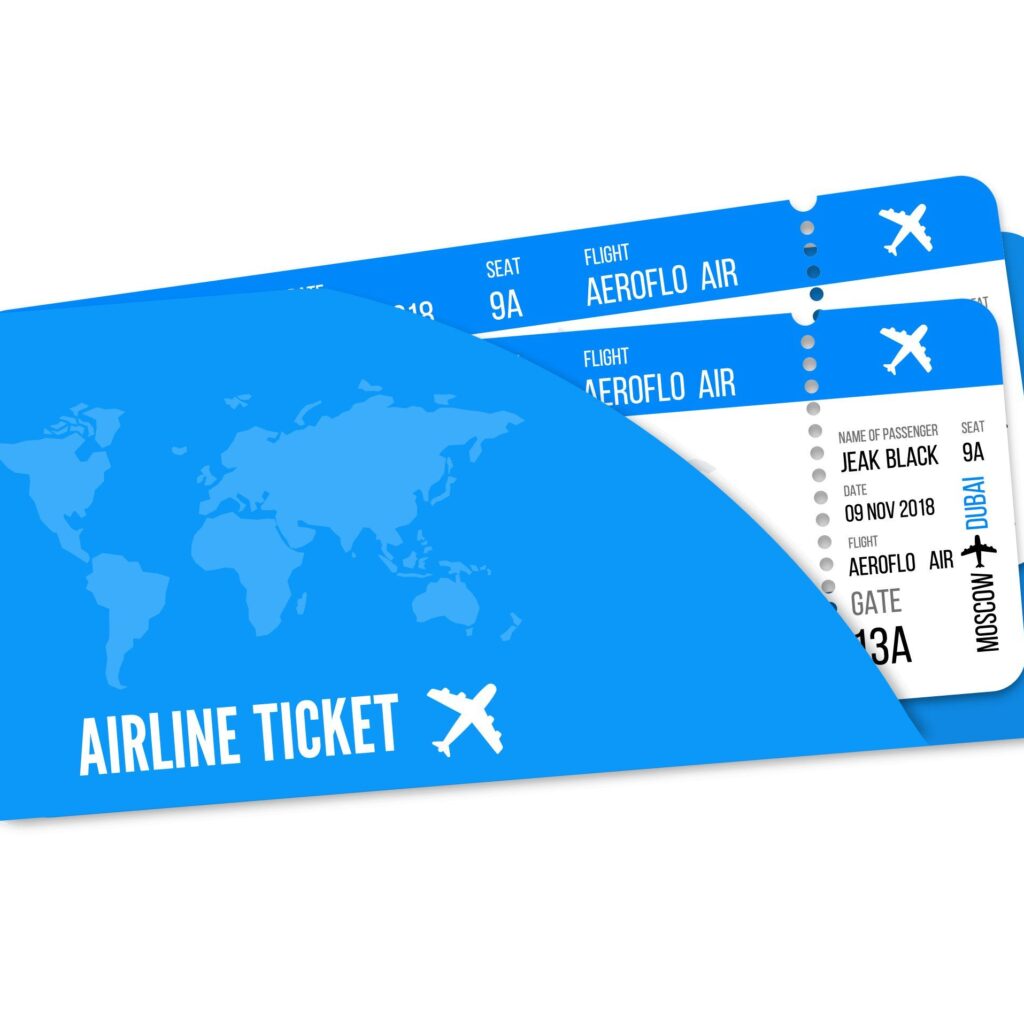At first glance, an airline ticket might seem like a mystifying brainteaser. However, the ticket is more easily digested when broken down into key sections that provide information about you, the ticket itself and your flight.

What is an Airline Ticket?
An airline ticket is a document or electronic record, issued by an airline or a travel agency, that confirms that an individual is entitled to a seat on a flight on an aircraft. The airline ticket may be one of two types: a paper ticket, which comprises coupons or vouchers; and an electronic ticket (commonly referred to as an e-ticket).
STEPS TAKEN TO PROPERLY INTERPRET AN AIRLINE TICKET
STEP 1:

Confirm basic flight information:
On the top left side, determine which airline you are flying with. The airline name will be printed in large, bold print to help the passenger identify who he is traveling with. Under the airline information, your name, departure city and arrival city should be listed.
STEP 2:
Read the rest of the ticket:
The ticket includes the double-digit airline abbreviation code. Popular airline abbreviation codes include AA for American Airlines, BA for British Airways, CO for Continental Airlines, DL for Delta Airlines, ET for Ethiopia Airlines and UA for United Airlines.
STEP 3:
Determine your ticket class:
The class determines if the passenger is sitting in First business or economy class. Many times A and F are first class, C, D, J are business class. Most other letters mean economy class.
STEP 4:
Find your group number:
The group number is also printed in a large font, telling passengers which group they will board with. Gate agents will announce one group at a time, boarding first- and business-class passengers first and then loading from the back of the plane to the front of the plane. Some airlines, like Southwest Airlines, who do not have assigned seating will board based on class.
STEP 5:
Read the boarding pass:
When your airline ticket is checked at the airport by the airline officials, a boarding pass will be given to you.
On the right side of the ticket, a tear-off section known as the boarding pass can be found. The boarding pass includes the name of the passenger, departure and arrival city, airline, carrier (this is the airline abbreviation), flight number and class. The boarding pass also includes the gate number, boarding time, seat number and group number. Larger airports will also include a terminal number or letter to help you determine which terminal your gate is in.

STEP 6:
Understand other codes:
Tickets may include other codes or abbreviations. Infants traveling without a seat will have a separate ticket but will have a code on the ticket stating that they do not have a seat. Children paying a child fare will also have a code stating that they have paid a reduced fair. Groups traveling together will have codes such as GV 2, GV 4 or GV 10 to determine the number of people in that group. Ow stands for one-way ticket and Waitlist is printed on a ticket when a flight is full and you are waiting for a cancellation or no show to make it onto another flight.
Congratulations! Now you can properly interpret your flight ticket, you are good to get on that flight.

